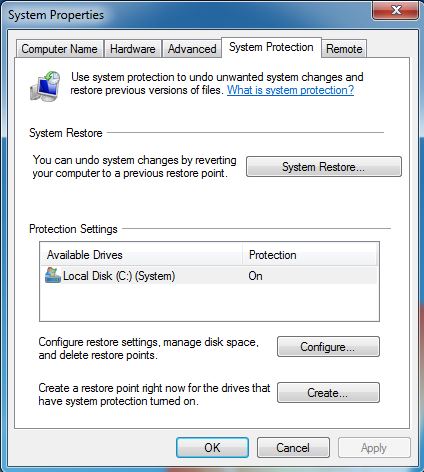Locked Windows Files
When a file is open by another app or process, puts the file into a locked state, and you can't delete, modify, or move it to another location. Usually, after the file is no longer in use, the application will unlock it automatically, but that's not always the case.
Sometimes, a file may not unlock successfully, and even if you try to take any action, you'll see a warning that the operation can't be completed because it's open by another program. If you must delete or take different actions with a locked file, there are at least two methods you can use to unlock it, including using Microsoft's Process Explorer tool and Safe Mode. In this, we walk you through the steps to get rid of files even if they're locked by an app or process. How to unlock files using Process Explorer If you need to unlock a file currently being used by a program or system process and you can't restart your device, you can use these steps:.
Extract the content inside the ProcessExplorer.zip compressed folder. ( if you need additional help on how to do this task.).
Here's what to do if you want to erase a folder or file and Windows says it is locked.
Find Locked Files Windows 10
Double-click the procexp.exe if you're running a 32-bit version of Windows 10 or procexp64.exe if you're running a 64-bit version10 to launch the app. Click on File, and select the Show Details for All Processes option. Click on Find, and select the Find Handle or DLL option. Type the name of the locked file in the field, and click the Search button. Select the file from the search result.

Delete Locked Windows Files
Behind the search window, in 'Process Explorer,' right-click the locked file, and select Close Handle to unlock it. Important: If the file is being used by more than one process, repeat the steps to close all handles.
Once you complete these steps, you can go ahead and safely delete or modify the unlocked file. How to unlock files using Safe Mode Usually, when you come across a locked file, you can simply restart your device to unlock it. However, if the application has a service that loads during startup, it might keep locking a file as soon as you sign in. You can either, or you can boot into Safe Mode to unlock and delete the file. Here's how:.
Open Settings. Click on Update & Security. Click on Recovery. Under 'Advanced Startup,' click the Restart now button. Click on Troubleshoot. Click on Advanced options. Click on Startup Settings.
Click the Restart button. On 'Startup Settings,' press F4 to enable Safe Mode. While in Safe Mode, use File Explorer to locate and delete the files that were previously locked, then simply restart your device as you would normally to exit Safe Mode. Wrapping things up Although there a number of tools available on the internet designed specifically to deal with locked files, on Windows 10 there is more than one way to remove these type of files without having to get software from unknown sources. It's important to note that unlocking and deleting files on Windows 10 may cause system and program issues, depending on the type of files you're trying to unlock. So be careful of what you delete if you're not sure of the consequences.
More Windows 10 resources For more helpful articles, coverage, and answers to common questions about Windows 10, visit the following resources:.
Hi, Method 1: Run the Microsoft safety scanner to make sure your system is free from virus infection: Method 2: You need to retake ownership of file permissions before editing it: a. Locate the file or folder on which you want to take ownership in windows explorer b.

Right click on file or folder and select “ Properties” from Context Menu c. Click on Security tab. Click on “ Advance”. Now click on Owner tab in Advance Security Settings for User windows.
Click on Edit Button and select user from given Change Owner to list if user or group is not in given list then, click on other users or groups. Enter name of user/group and click ok. You can even click on administrator here, if you are logged in as an administrator.
Now select User/group and click apply and ok. (Check “Replace owner on sub containers and objects” if you have files and folder within selected folder) h. Click ok when Windows Security Prompt is displayed. Now Owner name must have changed. Now click Ok to exist from Properties windows.
Once you have taken the ownership of file or folder. Grant Permissions to everyone (or your user account) - a. Go to C: and then click right click on folder and choose properties. Then go to security tab and click Edit then click Add = Advanced c. If you click on advanced now click on Find Now and choose everyone and click Ok d. Then again click Ok and now click on Allow = Full control = Ok DISCLAIMER: Affecting system settings incorrectly can cause serious problems that may prevent your computer from booting properly or may result in loss of data. Microsoft cannot guarantee that any problems resulting from the configuration of ownership settings can be solved.
Modifications of the settings are at your own risk.